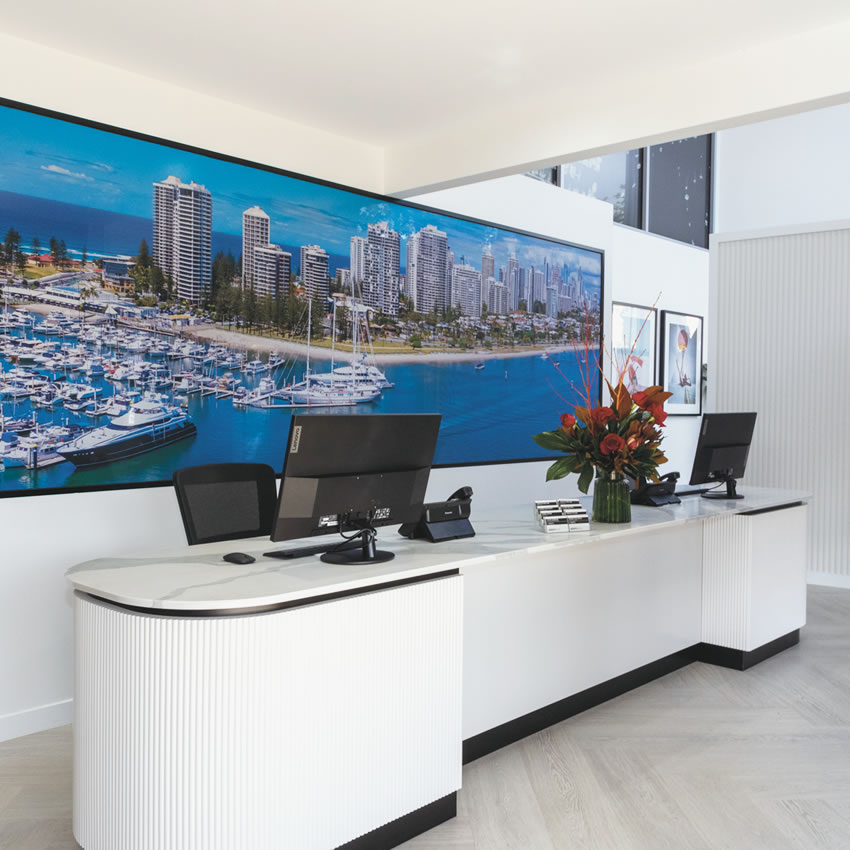Introduction to Home Staging and Home Styling
In today’s competitive real estate market, first impressions are critical. Whether you're selling a home or simply aiming to create a beautiful living space, the visual presentation of a property plays a crucial role in how it is perceived. This is where home staging and home styling come into play. While these terms are sometimes used interchangeably, they actually refer to different processes that serve distinct purposes. Understanding the nuances of each can help homeowners, real estate agents, and investors maximize the appeal and value of a property.
Home Staging: Preparing a Home for Sale
Home staging is a specialized service that focuses on preparing a home for sale in a way that appeals to the broadest possible audience. The goal of home staging is to make a property look its absolute best, allowing potential buyers to visualize themselves living in the space. This process often involves decluttering, depersonalizing, rearranging furniture, and making minor repairs or updates. The overarching aim is to present the home in a way that highlights its strengths and minimizes any weaknesses.
The Psychology Behind Home Staging
The concept of home staging is rooted in psychology. When potential buyers walk into a home, they immediately start forming opinions and imagining how the space could work for them. A well-staged home can make it easier for buyers to envision themselves living there, which is crucial in the decision-making process. According to studies, a staged home often sells faster and for a higher price than an unstaged one. This is because staging helps to create an emotional connection between the buyer and the property, making it feel like "home" rather than just a house.
Key Elements of Home Staging
Decluttering and Depersonalizing:
- The first step in home staging is often to remove personal items and clutter. Family photos, personal collections, and excess furniture can distract potential buyers and make it harder for them to see the property’s potential. By depersonalizing the space, the home becomes a blank canvas that allows buyers to imagine their own belongings in the space.
Neutralizing the Space:
- Stagers often recommend using neutral colours and décor to create a universally appealing environment. Neutral tones are less likely to clash with a buyer’s taste, making it easier for them to imagine how they could personalize the space. This doesn’t mean the home has to be bland; pops of colour and tasteful décor can be used strategically to add interest without overwhelming the space.
Furniture Arrangement:
- Proper furniture arrangement is key to showcasing a home’s layout and maximizing its perceived space. Stagers often remove or rearrange furniture to create a more open and inviting flow. In some cases, they may bring in rental furniture that is better suited to the home’s style or intended buyer demographic. The goal is to highlight the functionality of each room and make the home feel spacious and welcoming.
Highlighting Key Features:
- Every home has unique features that make it stand out. Whether it’s a beautiful fireplace, large windows with a stunning view, or an open-concept layout, staging can help draw attention to these selling points. This might involve rearranging furniture to direct attention to a feature or adding accessories that complement it.
Repairs and Touch-Ups:
- While staging is primarily about aesthetics, it often includes minor repairs and updates that can have a big impact on a buyer’s perception of the home. This might include repainting walls, fixing leaky taps, replacing outdated light fixtures, or refinishing hardwood floors. These small investments can make the home look well-maintained and move-in ready, which is a major selling point for buyers.
Curb Appeal:
- The exterior of the home is just as important as the interior. Stagers often recommend enhancing curb appeal by tidying up the landscaping, painting the front door, and adding welcoming touches like potted plants or a new mailbox. Since the exterior is the first thing buyers see, it’s crucial that it makes a positive impression.
The Benefits of Home Staging
- Faster Sales: Staged homes typically sell faster than non-staged homes. This is because they make a better first impression and are more likely to stand out in the minds of potential buyers.
- Higher Offers: A well-staged home can often command a higher sale price. Buyers may be willing to pay more for a home that looks move-in ready and has been presented in the best possible light.
- Broad Appeal: By neutralizing the space and highlighting its best features, staging makes the home appealing to a wide range of buyers, increasing the pool of potential purchasers.
- Competitive Edge: In a competitive market, staging can give a property an edge over other listings, helping it to sell more quickly and at a better price.
Home Styling: Personalizing and Enhancing Living Spaces
While home staging is all about selling a property, home styling focuses on creating a beautiful, functional space for living. Whether you’ve just moved into a new home or are looking to refresh your current space, home styling involves selecting furniture, décor, and colour schemes that reflect your personal taste and lifestyle. Unlike staging, which is often neutral and designed to appeal to the masses, styling is more about personalization and creating a space that feels uniquely yours.
The Art of Home Styling
Home styling is a creative process that involves curating a cohesive look for your home. This might include selecting a specific style (e.g., modern, rustic, or eclectic), choosing a colour palette, and incorporating a mix of textures and materials to add depth and interest. While the goal of staging is to create a neutral, universally appealing space, styling is about expressing your personality and making your home feel like a true reflection of who you are.
Key Elements of Home Styling
Selecting a Style:
- The first step in home styling is often to decide on a specific style or theme for your home. This might be based on your personal preferences, the architecture of the home, or a particular look you want to achieve. Popular styles include modern, traditional, farmhouse, industrial, and bohemian, among others. Each style has its own set of characteristics, such as colour schemes, materials, and furniture types, which will guide your choices throughout the styling process.
Choosing a Colour Palette:
- Colour plays a significant role in home styling, as it sets the tone for the entire space. When choosing a colour palette, consider the mood you want to create in each room. For example, soft, muted tones can create a calm, relaxing atmosphere, while bold, vibrant colours can add energy and excitement. It’s also important to consider how colours will flow from one room to the next, ensuring a cohesive look throughout the home.
Incorporating Texture and Materials:
- Texture is an essential element of home styling that adds depth and interest to a space. This can be achieved through a mix of materials, such as wood, metal, glass, and textiles like rugs, curtains, and throw pillows. By combining different textures, you can create a layered, dynamic look that feels rich and inviting.
Furniture Selection and Placement:
- The furniture you choose and how you arrange it plays a critical role in home styling. Furniture should not only be aesthetically pleasing but also functional and comfortable. When arranging furniture, consider the flow of the space and how each piece will be used. In addition to primary furniture pieces like sofas and tables, consider adding accent furniture such as side tables, benches, and ottomans to enhance the overall look and functionality of the space.
Accessorizing and Personalizing:
- Accessories are the finishing touches that bring a space to life. This includes items like artwork, lamps, vases, books, and decorative objects. These elements allow you to infuse your personality into the space and make it uniquely yours. When accessorizing, think about balance, scale, and proportion to ensure that the space feels harmonious and well-curated.
Lighting:
- Lighting is another critical aspect of home styling that can dramatically affect the look and feel of a space. A mix of ambient, task, and accent lighting can create a warm, inviting atmosphere and highlight key features of the room. Consider using a combination of ceiling lights, floor lamps, table lamps, and wall sconces to achieve the desired effect.
Creating Focal Points:
- Every room should have a focal point—an area that draws the eye and anchors the space. This could be a fireplace, a piece of artwork, a statement piece of furniture, or even a bold wall color. The rest of the room’s décor should complement and enhance the focal point without competing with it.
Seasonal or Thematic Styling:
- One of the joys of home styling is the ability to change the look of your home with the seasons or for special occasions. This might involve swapping out accessories, changing cushion covers, or adding seasonal décor like holiday decorations or fresh flowers. Seasonal styling keeps your home feeling fresh and allows you to celebrate different times of the year in style.
The Benefits of Home Styling
- Personal Expression: Home styling allows you to create a space that reflects your personality and tastes, making your home truly unique.
- Enhanced Living Experience: A well-styled home is not only beautiful but also functional and comfortable, enhancing your overall living experience.
- Increased Property Value: While home styling is primarily for personal enjoyment, a beautifully styled home can also increase its perceived value, making it more attractive to future buyers.
- Versatility: Unlike staging, which is often a one-time process for selling a home, styling is something that can evolve over time. You can continually update and refresh your space as your tastes and needs change.
Posted By mbps
Updated : 26th August 2024 | Words : 1602 | Views : 298
Comments
Latest
Popular
MBPS Property Blog Categories
MBPS News
Main Beach on the Gold Coast is a uniquely popular location that many people dream of living within.
Property Sales
Information about buying or selling property whether it is downsizing, upsizing or investing from Main Beach Property Sales.
Landlords and Investors
Here we have a few pearls of wisdom for Landlords and Investors that may be of interest to MBPS customers.
Market Conditions
The Property Market is constantly changing due to global, national, local and political influences.










